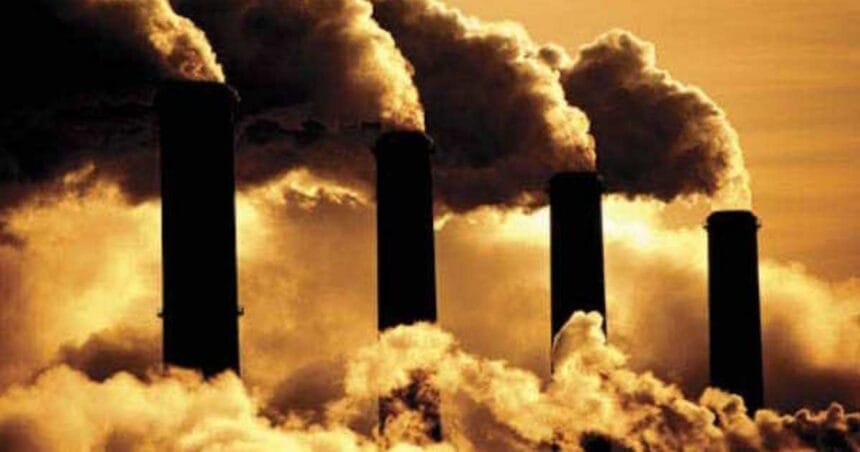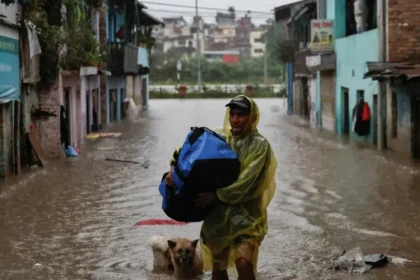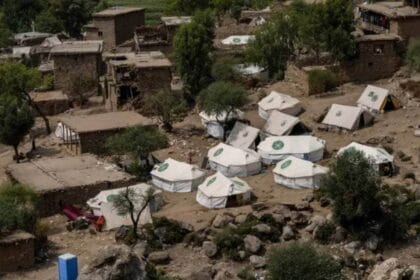Climate change and rising air pollution are creating a global crisis. From deadly storms to toxic air the threats are real and demand urgent action.
Extreme weather becoming routine
The planet is heating at a dangerous pace. Events once considered rare are now frequent. Typhoon Wefa in China lifted people off the ground with its violent winds. In India, a cloudburst in Uttarakhand triggered massive floods, while in Russia a volcano erupted after six centuries. These disasters show how our world has entered a new era of climate extremes.
A world of contradictions
Scientists describe today’s reality as a climate paradox. Some regions face harsh droughts while others drown in floods. Wildfires rage while glaciers melt at record speed. In the United States, storms that should occur once in 500 years are now happening within decades. Global warming has already crossed 1.5 degrees above pre industrial levels and is racing toward 2 degrees by 2030.
Air pollution the silent killer
Beyond visible disasters, air pollution quietly harms millions. Cities like Delhi and Mumbai remain shrouded in smog. Factories, cars and open waste burning fill the air with toxic particles. The result is rising asthma, lung cancer and heart disease. Polluted air also poisons rivers, reduces soil fertility and damages crops.
WHO calls for stronger action
The World Health Assembly has approved a new plan to cut premature deaths from air pollution by half by 2040. The resolution was introduced by Malaysia with support from several countries and connects clean air with the fight against lung diseases. Governments urged the WHO to provide stronger guidance to control pollution from energy, transport and industry.
The cost of inaction
Air pollution costs the world economy more than eight trillion dollars each year. It reduces worker productivity, increases healthcare expenses and lowers quality of life. Experts stress that investing in clean air will save lives and deliver long term economic benefits.
The way forward
The WHO will present new targets by 2027 and countries are being urged to align with international air quality standards. Scientists warn that urgent steps are critical because every storm, every wildfire and every breath of toxic air is proof that time is running out.














